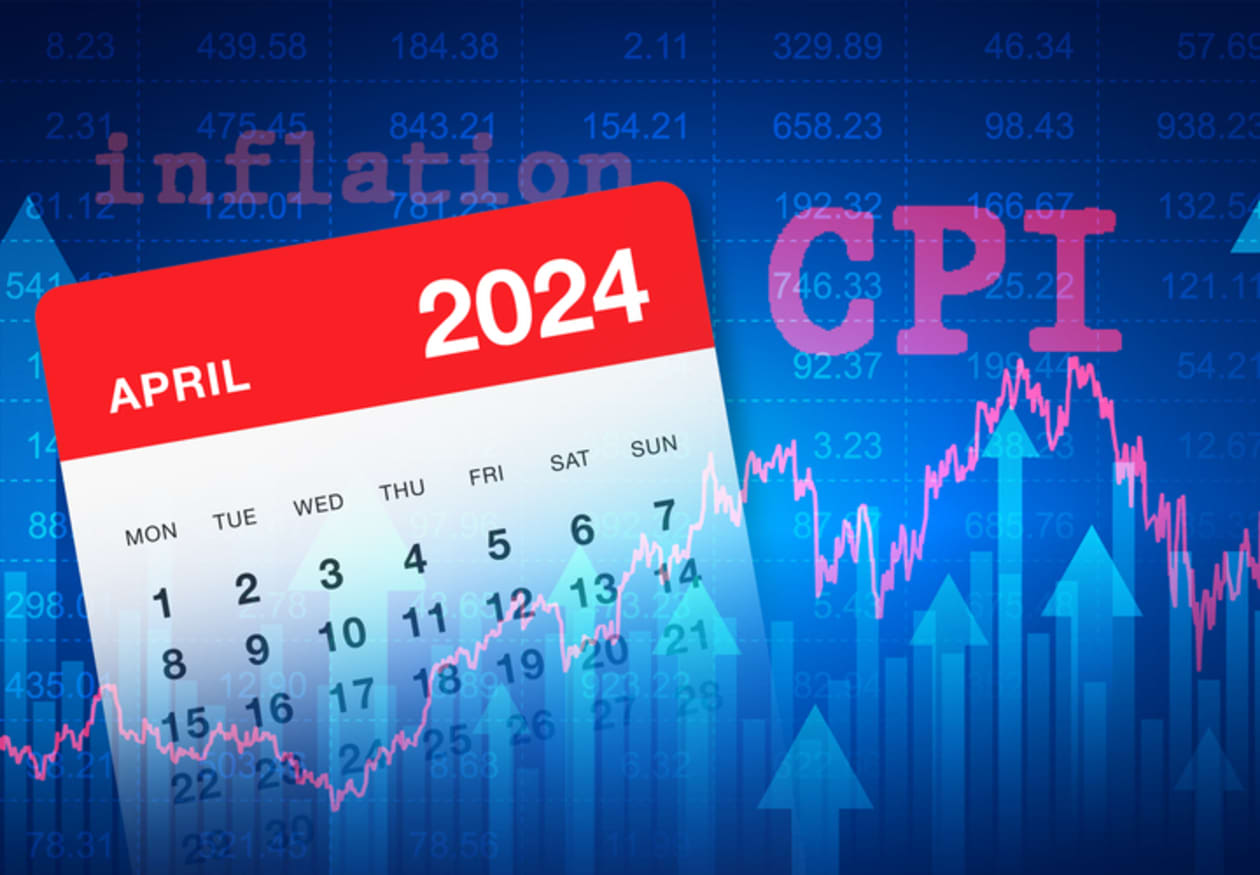
The Consumer Price Index (CPI) Report is a crucial tool for understanding inflation and the cost of living. But what exactly does it tell us? In simple terms, the CPI measures the average change over time in the prices paid by urban consumers for a market basket of consumer goods and services. This report impacts everything from government policy to your daily expenses. Knowing how to read and interpret the CPI can help you make better financial decisions. Whether you're a student, a parent, or just someone curious about economics, understanding the CPI can provide valuable insights into how prices affect your wallet. Ready to dive into some interesting facts about the CPI Report? Let's get started!
What is the CPI Report?
The Consumer Price Index (CPI) Report is a critical economic indicator. It measures the average change over time in the prices paid by urban consumers for a market basket of consumer goods and services. Understanding the CPI Report can provide insights into inflation, cost of living, and economic health.
-
CPI stands for Consumer Price Index. This index tracks the prices of a specific set of goods and services over time, providing a snapshot of inflation.
-
The CPI Report is released monthly. The Bureau of Labor Statistics (BLS) publishes this report every month, offering timely updates on price changes.
-
It covers two main indexes. The CPI-U (for all urban consumers) and the CPI-W (for urban wage earners and clerical workers) are the two primary indexes covered in the report.
How is the CPI Calculated?
Calculating the CPI involves a detailed process. It requires collecting data on prices for a wide range of items, then analyzing this data to determine average price changes.
-
The CPI uses a market basket. This basket includes goods and services that represent typical consumer purchases, such as food, clothing, and housing.
-
Data collection is extensive. Prices are gathered from thousands of retail and service establishments across the country.
-
Weights are assigned to items. Each item in the market basket is given a weight based on its importance in the average consumer's budget.
Why is the CPI Important?
The CPI Report has significant implications for various aspects of the economy. It influences everything from government policy to individual financial decisions.
-
It affects Social Security benefits. Social Security payments are adjusted based on changes in the CPI, ensuring that benefits keep up with inflation.
-
It guides monetary policy. The Federal Reserve uses CPI data to make decisions about interest rates and other monetary policies.
-
It impacts wages and salaries. Many labor contracts include cost-of-living adjustments tied to the CPI, affecting workers' paychecks.
Limitations of the CPI
While the CPI is a valuable tool, it has its limitations. Understanding these can help provide a more nuanced view of the data.
-
It may not reflect individual experiences. The CPI represents average price changes, which may not match the specific spending patterns of every individual or household.
-
Quality changes can be hard to measure. Improvements in product quality can affect prices, but these changes are not always fully captured in the CPI.
-
Substitution bias can occur. When prices rise, consumers may switch to cheaper alternatives, but the CPI may not fully account for this behavior.
Interesting Facts About the CPI
Beyond its primary uses, the CPI has some fascinating aspects that highlight its complexity and importance.
-
It has a long history. The CPI has been published since 1913, providing over a century of data on price changes.
-
It includes seasonal adjustments. To account for seasonal price fluctuations, the CPI data is adjusted to provide a clearer picture of underlying trends.
-
It influences tax brackets. The IRS uses CPI data to adjust income tax brackets, helping to prevent "bracket creep" where inflation pushes taxpayers into higher tax brackets.
Key Points to Remember
Understanding the CPI report is crucial for grasping the economic health of a country. It measures the average change in prices over time for a basket of goods and services. This report influences everything from interest rates to wages. It’s a vital tool for policymakers, businesses, and consumers alike. Knowing how to read and interpret the CPI can help you make informed financial decisions.
Remember, the CPI isn't perfect. It has limitations, like not accounting for changes in consumer behavior or the quality of goods. However, it remains one of the most reliable indicators of inflation. Keeping an eye on the CPI can give you a better understanding of the economy’s direction and help you plan for the future. Stay informed, and you’ll be better prepared to navigate the financial landscape.
Was this page helpful?
Our commitment to delivering trustworthy and engaging content is at the heart of what we do. Each fact on our site is contributed by real users like you, bringing a wealth of diverse insights and information. To ensure the highest standards of accuracy and reliability, our dedicated editors meticulously review each submission. This process guarantees that the facts we share are not only fascinating but also credible. Trust in our commitment to quality and authenticity as you explore and learn with us.
